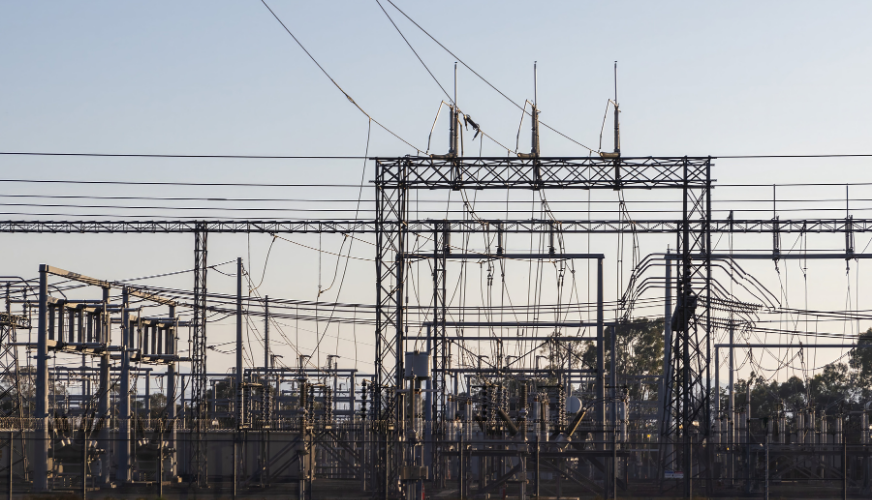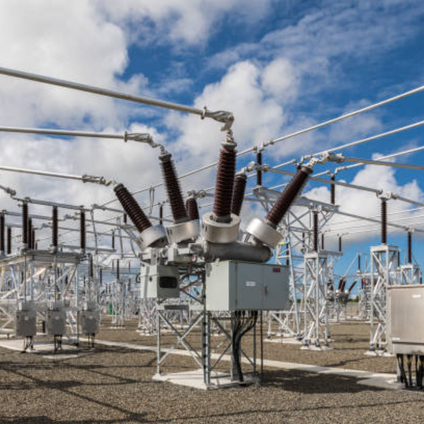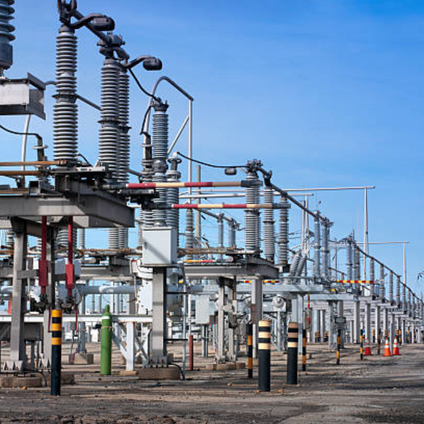Leading the Energy Transformation: Comprehensive Analysis of Transformer

Leading the Energy Transformation: Comprehensive Analysis of Transformer
In our series on digital transformation in energy transmission lines, we continue our focus this week on the scrutiny of transformer substations. Before making digital transformation plans, it's crucial to examine the components that can be aptly termed as the brains of transformer substations: transformers. As the name suggests, transformers are vital circuit elements that convert the characteristics of electrical energy to desired values. In this article, we'll delve into the functions, working principles, types, as well as advantages and disadvantages of transformers.
Significance and Function of Transformers
Transformers are typically machines used in energy transmission and distribution. During the transmission of electrical energy from power plants to consumption areas, power loss and voltage drops can occur in lines. To minimize this, power needs to be kept constant while voltage may need to be increased. Thus, increasing voltage leads to a decrease in current, reducing the cross-sectional area of the conductors used in lines, and subsequently reducing losses and conductor costs. Transformers serve the purpose of reducing or increasing voltage or current accordingly.


Working Principle of Transformers
Transformers consist of a closed magnetic body made of thin, laminated sheets. Insulated conductor windings wound around this magnetic body form the structure of transformers. Transformers have primary and secondary windings, which are electrically isolated from each other. Transformers do not generate or consume electrical energy; they only transfer energy from one form to another. An ideal transformer should be capable of transferring electrical energy to the secondary winding without any loss.
Types of Transformers and Their Advantages/Disadvantages
The types of transformers vary depending on their application areas. Some of the most commonly used transformer types include:
Dry-Type and Oil-Immersed Transformers:
In dry-type transformers, insulation is provided by air, while in oil-immersed transformers, insulation is achieved using oil. Oil-immersed transformers provide better insulation but carry the risk of combustion and explosion.
Current Transformers:
These are frequently used in energy measurement and circuit protection systems. They offer high measurement accuracy and precision.
Isolation Transformers:
Isolation transformers allow connection to an electrical circuit without the need for conductors. Thus, if there is a fault in one part of the transformer, the other side of the circuit remains isolated.
Auto-Transformers:
Auto-transformers have both primary and secondary voltages on the same winding. They are cost-effective but may experience short-circuit currents.
Understanding the fundamental components of transformer substations plays a critical role in energy transmission and distribution. Grasping their advantages and disadvantages enables us to make more informed and effective decisions in energy transformation.
In this article, we've provided a general overview of transformer substations, their basic structures, working principles, and types. In future articles, we'll delve into another component of transformer substations. Stay tuned!
